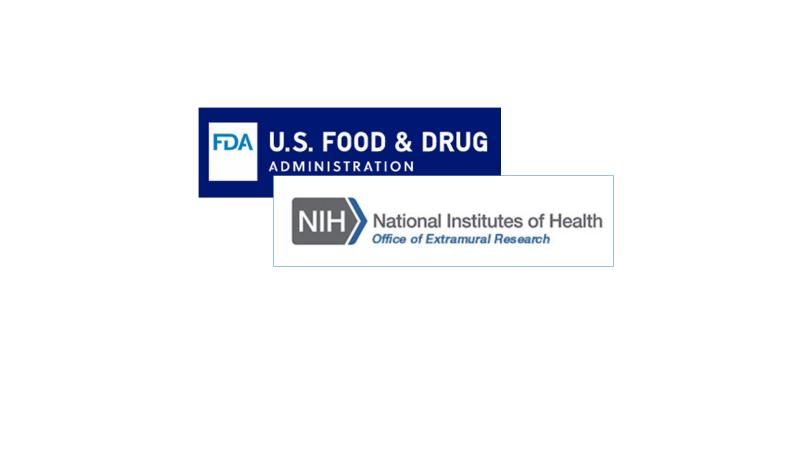
As research teams begin using the 5Ts Framework, it may be helpful to review current policies and programs related to the inclusion of older adults in research. In this post, we review the National Institutes of Health (NIH) Inclusion Across the Lifespan Policy and the U.S. Food & Drug Administration (FDA) Roadmap to 2030 for New Drug Evaluation in Older Adults. We then provide an example of how the 5Ts Framework could help research teams adhere to these policies.
The NIH Inclusion Across the Lifespan (IAL) policy began in 2019 and requires that clinical research studies include “individuals of all ages, including children and older adults…unless there are scientific or ethical reasons not to.” This policy stipulates the following: (1) All NIH grant submissions must include a plan for enrolling individuals across the lifespan. Scientific review groups will rate the age-related inclusion and exclusions which impacts funding decisions; and (2) if funded, grant recipients are required to upload a de-identified participant-level dataset including age at enrollment with the annual progress report. To support implementation of the IAL policy, NIH has sponsored two workshops. A summary of the IAL-II workshop is a helpful resource that describes both barriers and facilitators to inclusion of older adults in research. One cross-cutting theme that emerged from the workshop – research teams must “understand and accommodate the target population” – is well aligned with the 5Ts. To track the success of the policy, results from the NIH-wide collection of participant-level age at enrollment data are now included in the NIH Research Inclusion Statistics Report. Data from 2021 suggest that while a large number of older adults were in enrolled in NIH-funded clinical research (n=170,110), underrepresentation relative to the prevalence in older adults was seen for many conditions such as hypertension (19% vs. 40%), diabetes (10% vs. 40%), and cancer (26% vs. 56%).
Research teams should also be aware of the FDA Roadmap to 2030 for New Drug Evaluation in Older Adults. The FDA has a long history of providing “guidance,” the agency’s term for documents that explain regulatory policies, relevant to older adults. This includes the current Draft Guidance on geriatric information in product labeling. However, inclusion of older adults remains low in many drug-related clinical trials that are used to obtain FDA approval. To address underrepresentation of older adults in clinical trials of new drugs, a workshop was held in March 2021 that included participants from academic medicine, industry, and regulatory agencies. The workshop identified increasing clinical trial enrollment of older adults who are “representative of the target treatment populations” as the most important step for achieving the FDA goals by 2030. A white paper that followed this workshop, provides historical information on FDA guidance related to inclusion of older adults, describes gaps in new drug evaluation, and potential solutions to improve representation of older adults.
The 5Ts Framework was developed to address the barriers to inclusion of older adults and the goal of disseminating best practices for inclusion of older adults in research. The 5Ts can also serve as a valuable template for addressing the NIH Inclusion policy. For example, completing the 5Ts Inclusion Worksheet can guide decisions about the study population and then be used to in grant submission documents. Addressing each of the 5Ts would “check the box,” for the review criteria of inclusion of older adults (See section III of the Worksheet to Assist in Reviewing Individuals Across the Lifespan in Clinical Research and Clinical Trials). We would like to hear how you plan to use the 5Ts to address these policies and what other resources would be helpful. In future posts, we plan to review future policy changes related to inclusion of older adults in research.
